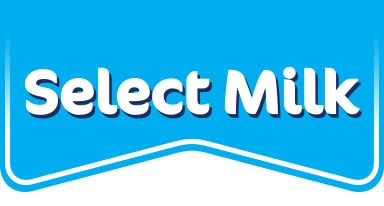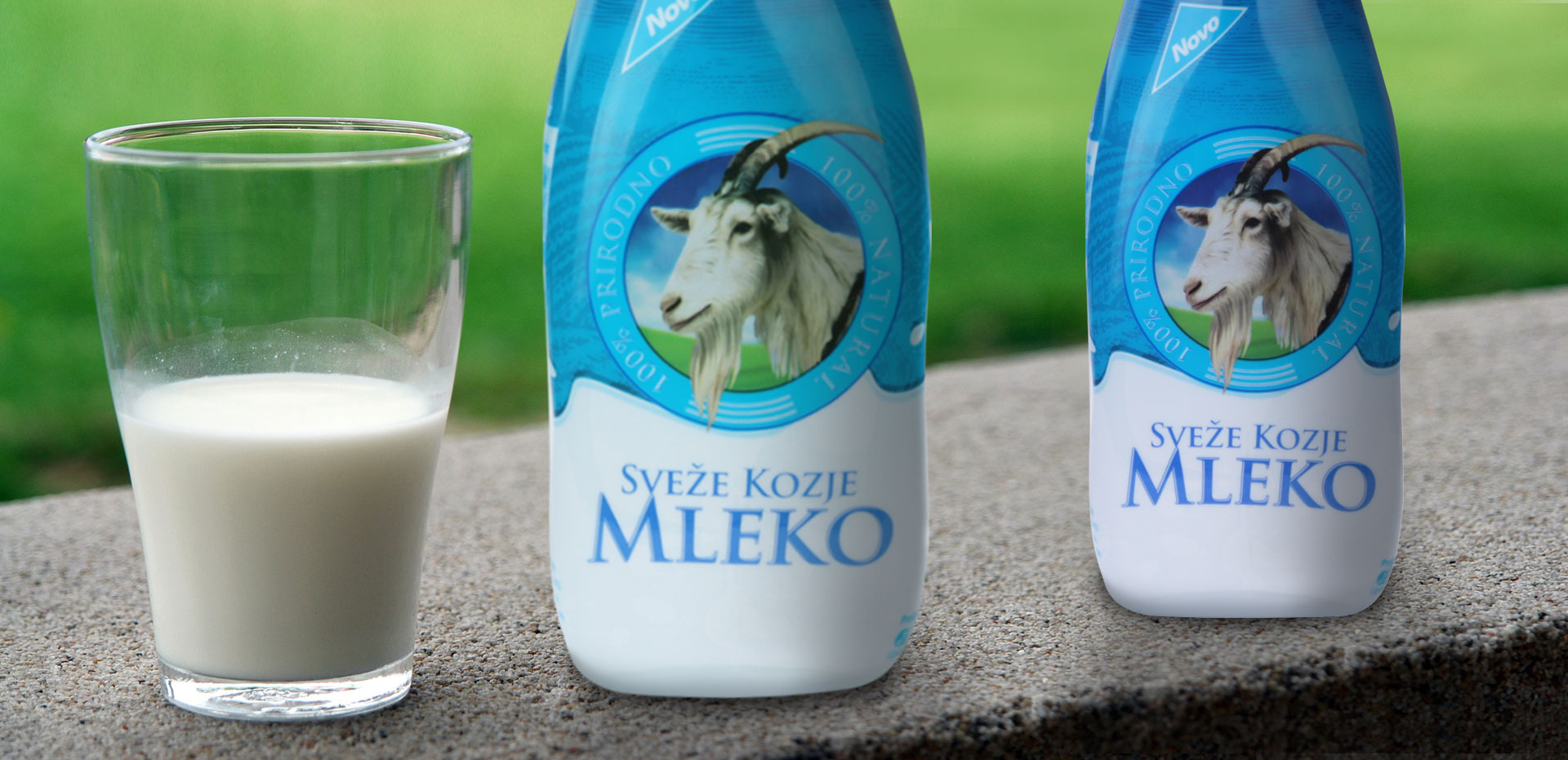
Packaging: 350ml, 750ml
Goat milk also known as „White gold“. It doesn’t require cooking, only shaking.
Goat milk is being given a lot of attention because this type of food has additional qualities regarding the health benefits. Apart from a high nutritional value it also has curative properties. Therefore, it is used as food, for prevention and treatment.Goat milk is not a cure but it is healthy food with an advantage of being easily digestible because of softer curds and smaller, more absorbable, fat particles. For these reasons, goat milk is suitable for sensitive and slow digestive systems (goat milk is digested in about 40 minutes, while cow milk takes about 2.5 hours).
Goat milk proteins are more easily digested than cow milk proteins and absorption of amino acids is more efficient. If you are allergic to the protein αs-1 casein, which causes allergic reactions in many people, and which, unlike in cow milk, is only found in traces in goat milk, you can freely consume goat milk.Children given goat milk have had better immunity, higher resistance to diseases, various viruses, had faster growth, optimal body weight and better bone mineralisation compared to children given cow milk.
It is recommended for:
Pulmonary diseases, various allergies
It is recommended for
Enhancing activity of the digestive tract
It is recommended for
Improving immunity, for renewal and development of bone structure
Antikancerogena svojstva
Milk fat of goat milk contains conjugated linoleic acid which has been proved to have anticancerogenic effect. There have been numerous researches indicating that goat milk has anticangerogenic properties.Although the content of mineral matter in goat and cow milk is similar, goat milk contains 13% more calcium and is considered a champion in Ca since better absorption of Ca is achieved when goat milk is taken rather than when Ca capsules are taken, 25% more of vitamin B6, 47% more of vitamin A, 134% of potassium.
100g contain on average:
Lactose 4,2 g
Proteins 3,0 g
Milk fat 2,8 g
Energetic value 234 kJ (56 kcal)
Store in the temperature from +1 to +6 C°
Bibliography
Saini A.L., Gill R.S. (1991): Goat milk: An attractive alternate: Indian Dairyman, 42562 – 564
Haenlein GFW, Role of goat milk in human nutrition, International Conference on Goats, University of Delaware
Heyman M.B.(2006): Lactose intolerance in infants, children and adolescents: Commitee on Nutrition; Pediatrics 118 (3):1279-86
Zeman F.J. (1982): Clinical nutrition and dietetics: Callamore Press, D.C. Health&Co, Lexington, Massachusetts
Haenlein G.F.W. (1996): Nutritional value of dairy products of ewe and goat milk: Production and utilization of ewe and goat milk; International Dairy Federation ; Brussels, 159-178
Cheng S, Lyytikainen A, Kroger H, Lamberg-Allardt C, Alen M, Koistinen A, Wang QJ, Suuriniemi M, Suominen H, Mahonen A, Nicholson PH, Ivaska KK, Korpela R, Ohlsson C, Vaananen KH, Tylavsky F. (2005): Effects of calcium, dairy product, and vitamin D supplementation on bone mass accrual and body composition in 10-12-y-old girls: a 2-y randomized trial: American Journal of Clinical Nutrition: November 82(5):1115-26
Antunac N., Samaržija D., Havranek J., (2000): Hranidbena i terapeutska vrijednost kozjeg mlijeka: Mljekarstvo, 50 (4), 297-304
Desjeux J.F., (1993): Valeur nutritionnelle du lait de chevre; Lait,73, 573-580
Jandal J.M., (1996): Comparative aspects of goat and sheep milk, Small Ruminant Research (22), 177-185
Rogelj I., (1998): Istine i zablude o mlijeku i mliječnim proizvodima u prehrani; Mljekarstvo 48 (3), 153-164


